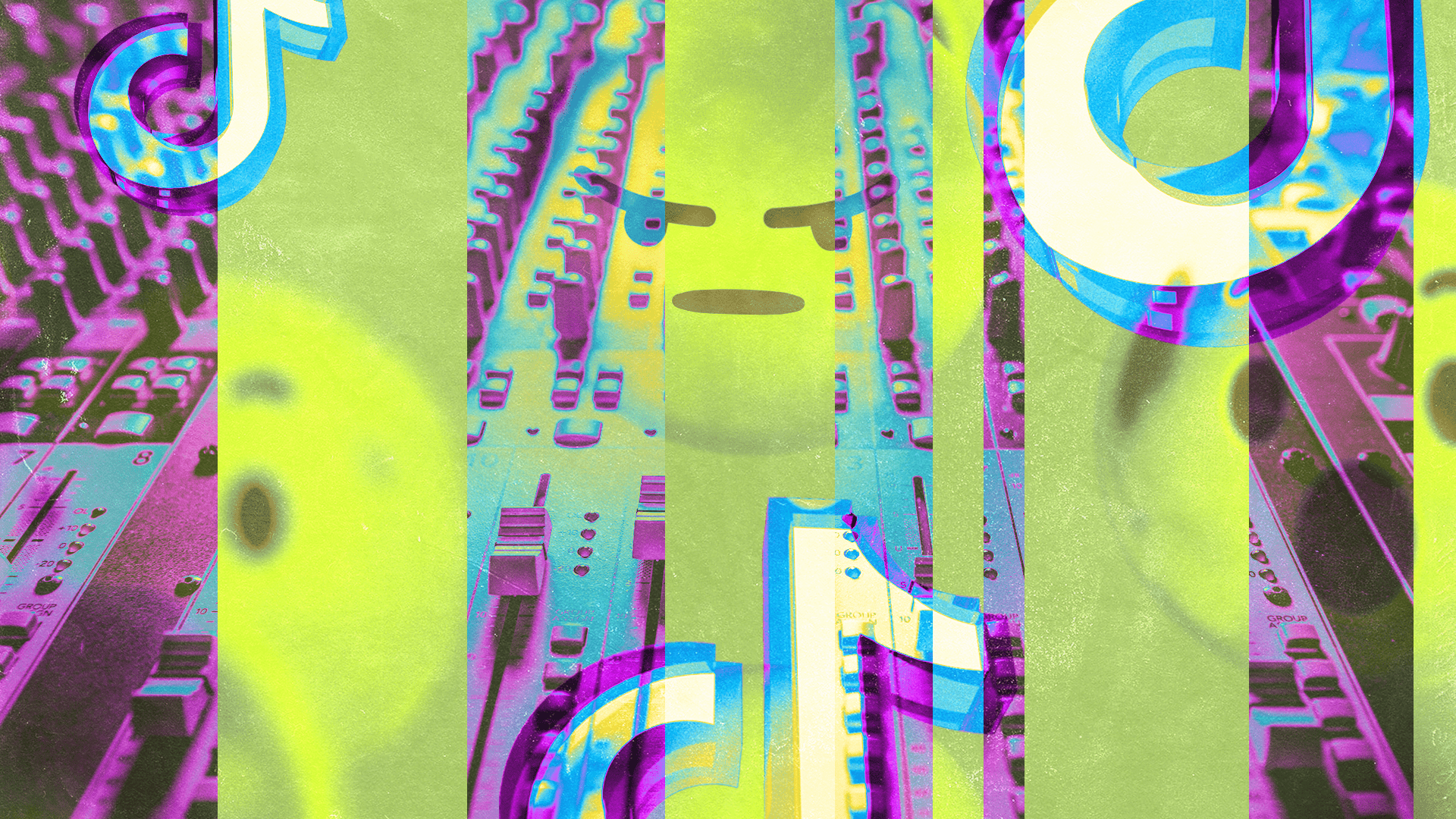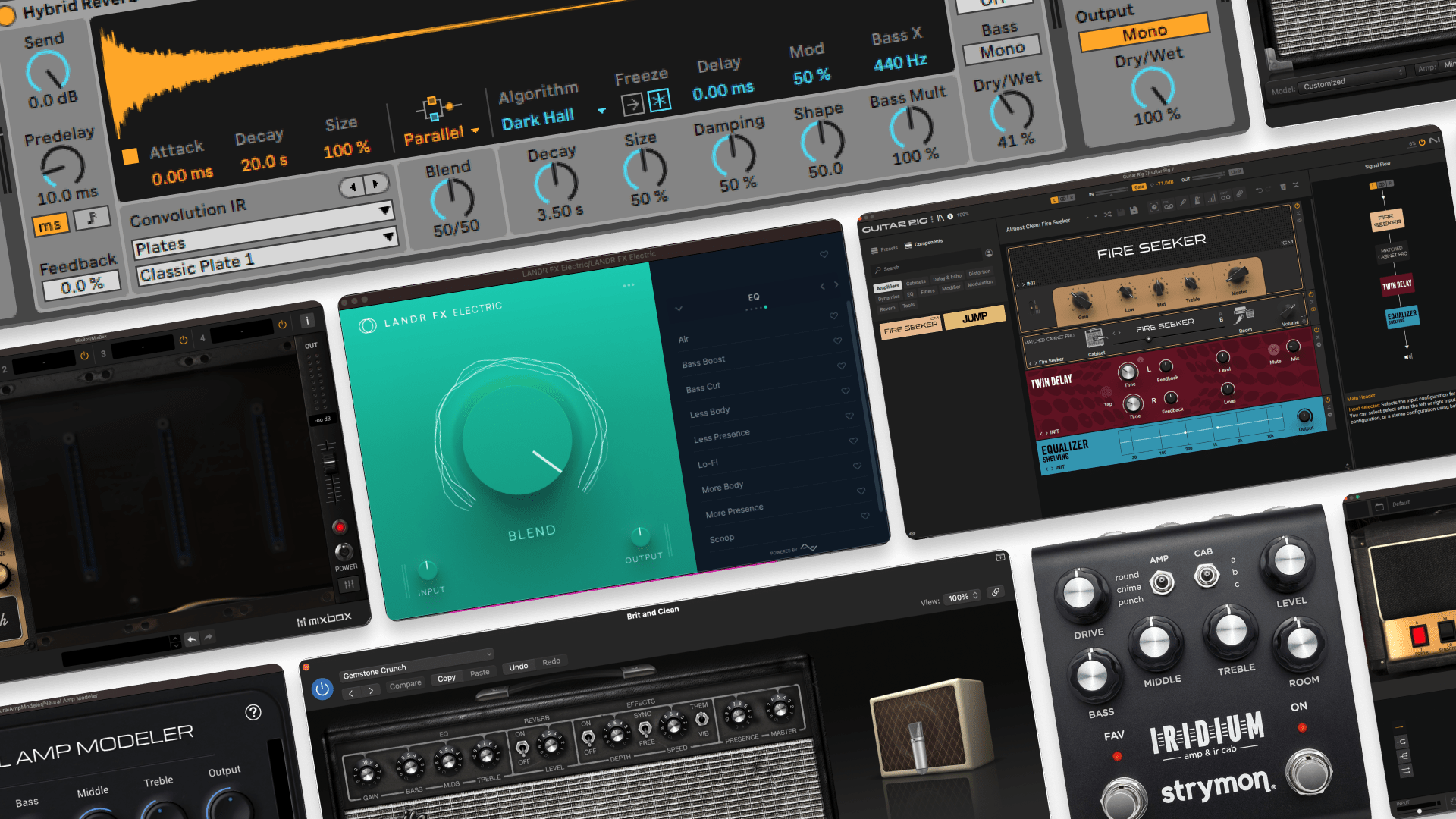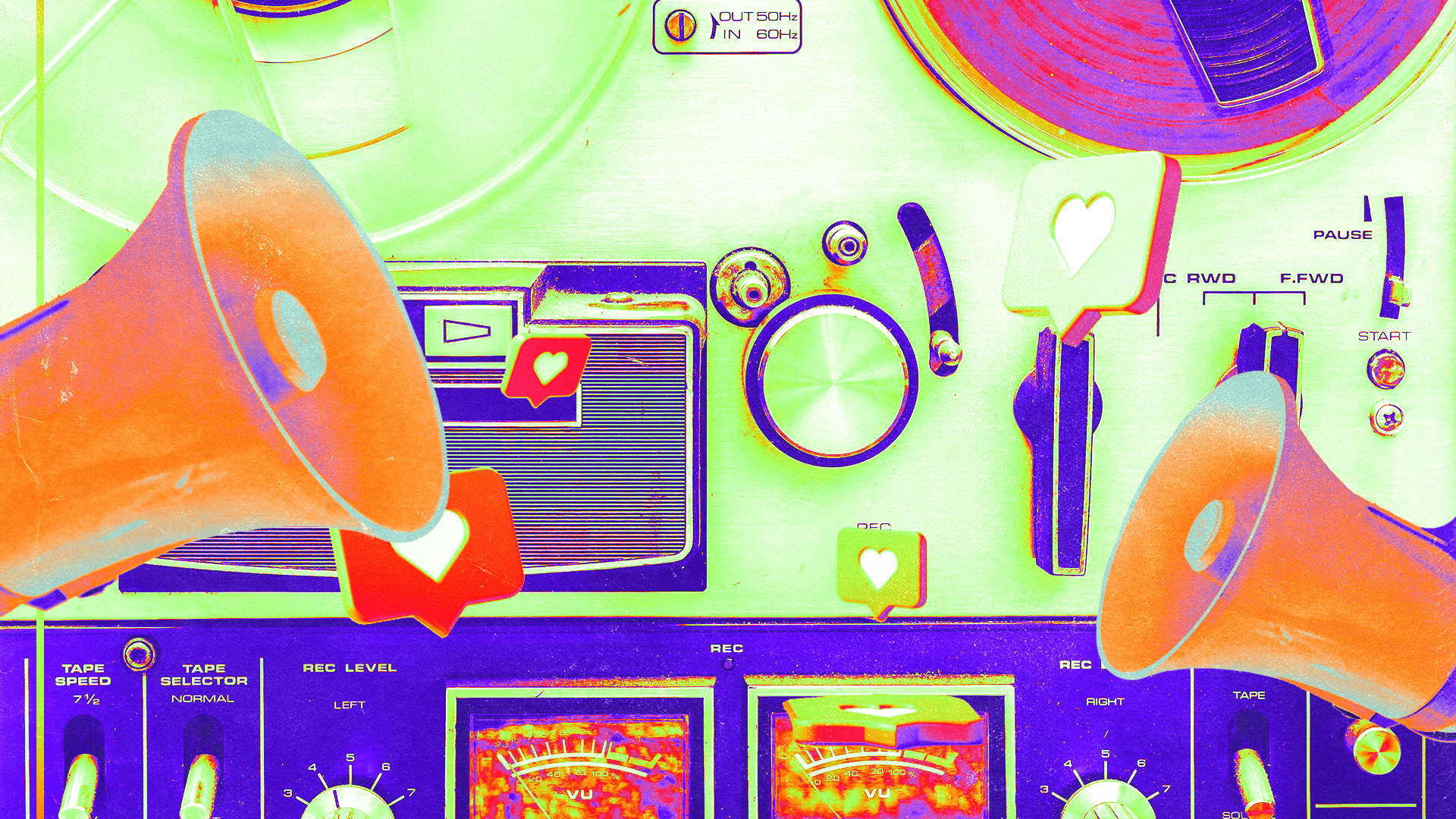
Sample and Hold: Lo-fi Rhodes, FM Leads and Sidechain Pads

Welcome to Sample and Hold, the series on the LANDR Blog where we highlight one unique crate-digging session and the digger’s gold we came back with using Selector—the world’s first AI sample recommendation tool.
1. Starter loop: Lo-fi Rhodes
Today we’re starting with Rhodes. At LANDR we love the Rhodes so much we made an entire Rhodes sample pack to feature it.
So what is a Rhodes anyway? It’s an old-school electric piano with a sweet, buttery vintage tone.
Like the electric guitar, electric pianos were developed to solve the problems of amplifying the naturally quiet acoustic piano on stage.
Several competing electric piano designs based began to show up on stages and in studios as early as the 1950s.
The Rhodes works by using electro-magnetic pickups to generate a signal from vibrating metal tines struck by the key assembly.
This unique mechanism gave the Rhodes a distinctive sound that was completely different from an acoustic piano.
Electric pianos grew in popularity during the 60s and 70s due to hits like Ray Charles’ “What’d I Say.”
The iconic soul track’s infectious groove wouldn’t be the same without the throaty growl of the Rhodes’ chief competitor—the Wurlitzer electric piano:
While the Wurli is fat and snarling, the Rhodes is bell-like and articulate. Its sustain has a dream-like quality that musicians from all eras have fallen in love with.
I’ll kick this Sample and Hold session off with a Rhodes sample that captures everything great about the vintage vibe this instrument can bring to your production.
There’s some ambient vinyl crackle and a delicate arpeggio that shows off the articulate attack that only a Rhodes has:
2. Selection 1: FM Lead
From there let’s dig deeper and see what Selector has to offer. On page 5 of this recommendation session I found this punchy lead:
The complex overtones and aggressive clicky attack can mean only one thing: FM synthesis.
These sounds might not seem so similar at first but aside from Selector’s analysis there’s a crucial link.
Electric piano tones were key to the popularity of the first commercially available FM synthesizer—the Yamaha DX7.
Electric piano tones were key to the popularity of the first commercially available FM synthesizer—the Yamaha DX7.
In the mid-70s, musician Chuck Monte began modifying Rhodes electric pianos with a custom circuit that strongly emphasized the clicky quality of the note onsets.
He also added a gooey analog stereo chorus to widen and thicken the sound.
Monte’s mod was known by the bizarre brand name Dyno-my-piano. The punchier sound gained popularity with R&B players and the Dyno-Rhodes began to appear in pop ballads:
DX Tines
Enter the DX7. Yamaha’s mid-80s digital synth was a smash hit based on the newly invented FM synthesis technique.
The DX7 opened up completely new sounds that musicians had been trying to create with synthesizers for years.
Accurately replicating the noisy onsets of instruments with percussive attack (like the extra-punchy Dyno-Rhodes) was extremely difficult using traditional subtractive synthesis techniques.
But it was a piece of cake for the DX7’s FM algorithms.
Musicians quickly realized the DX7 was ideal for simulating exactly the type of tone Chuck Monte had been chasing with his Dyno-my-piano mod.
Many players that had favoured the Dyno-Rhodes switched to the DX7 and the “DX Rhodes ballad” practically became a genre all its own.
But FM synthesis has much more to offer than 80s balladry. FM sounds have a unique intensity and top end that gives them a ton of authority in a mix.
FM sounds have a unique intensity and top end that gives them a ton of authority in a mix.
FM basses in particular are capable of massive sonic impact.
When asked about his favourite softsynths in an interview with MusicRadar Skrillex revealed, “my best monster bass sounds have come from FM8. People think they all come from Massive, but most of the ones that kids online are trying to recreate in Massive are actually from FM8.”
Selection 2: Sidechain Pad
Speaking of mainstage EDM techniques, a hallmark of modern electronic music production appears on page two of Selector’s recommendations for the FM lead.
Here’s the sound:
The trick I’m talking about is ducking the kick drum using sidechain compression.
Without a four-to-floor kick underneath, this pad pulses unnaturally.
But put it in context and the pad whooshes satisfying out of the way for the kick drum to hit with full impact.
You can create the sidechain ducking effect with any type of sustained sound in your DAW. Here’s how:
- Insert a compressor with sidechain input on your pad track.
- Route a send from your kick to the compressors sidechain. Now the pad compressor will be “listening” to the kick drum and responding to its intense transients.
- Adjust the threshold and ratio to tailor the intensity of the effect and dial in the attack and release to fine to the timing.
Sidechain compression is the secret ingredient to some stone-cold classic tracks:
Sidechain compression is the secret ingredient to some stone-cold classic tracks
Selection 3: Emotional Piano Chords
Finally, on page 7 of the Selector session for the sidechain pad I found a plaintive progression played on piano—the instrument the Rhodes was built to emulate.
Different instrumental textures serve different purposes in an arrangement. Acoustic piano is a classic, familiar timbre that can be perfect for adding drama to an emotional chord progression.
That’s why Selector works for sample discovery—it’s all about finding the right sample at the right time.
Gear guides, tips, tutorials, inspiration and more—delivered weekly.
Keep up with the LANDR Blog.







